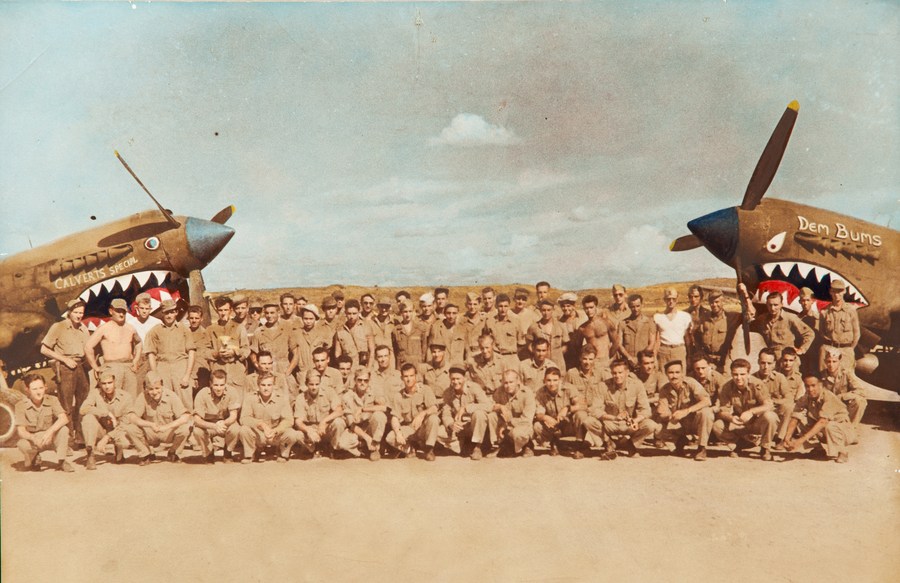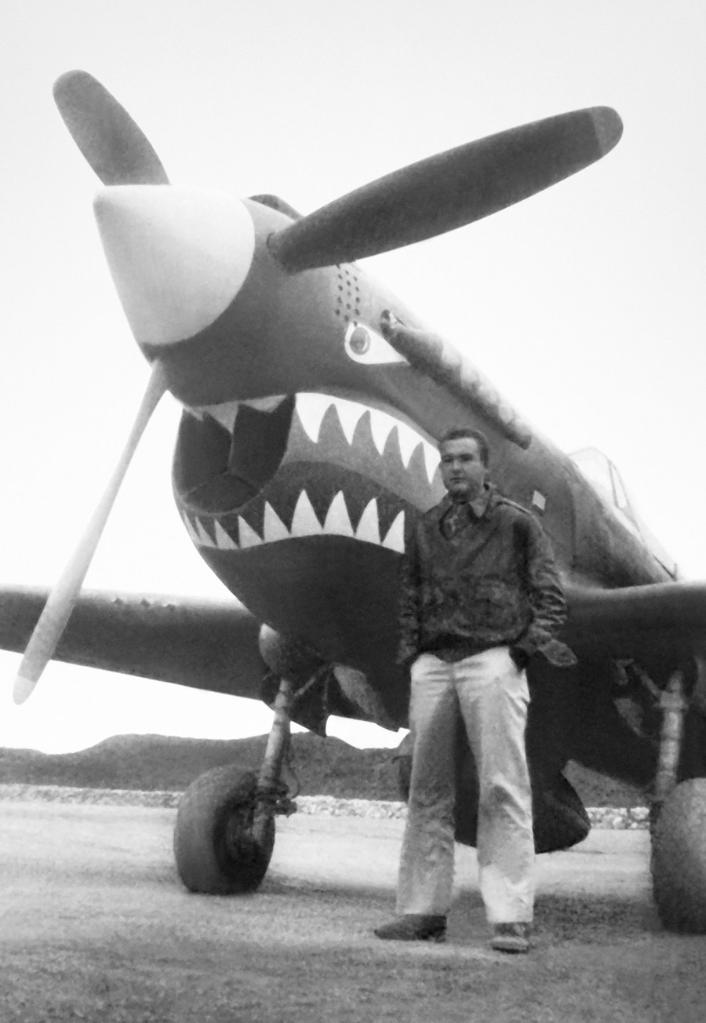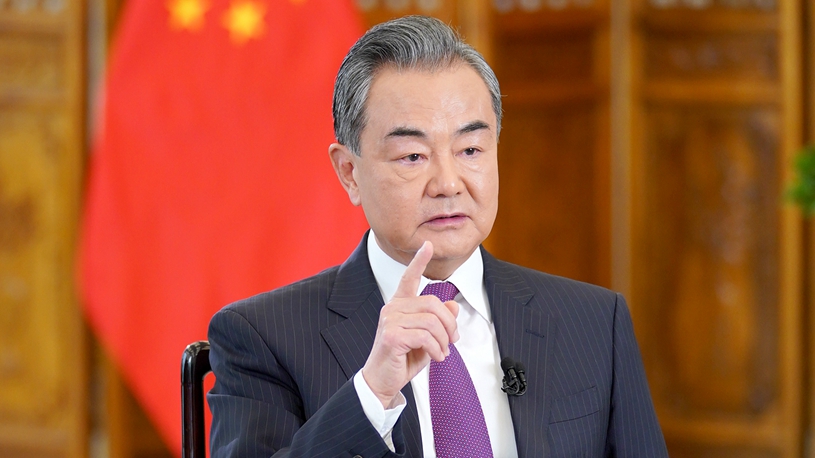This year marks the 80th anniversary of the Flying Tigers. With the passing of eight decades, the stories about the Flying Tigers have been passed down from generation to generation in both China and the United States, with mutual friendship continuing to flourish, and with new vitality.
BEIJING, Dec. 31 (Xinhua) -- That was a special combat team. They were a group of American volunteer pilots. They came to China over 80 years ago, during World War II (WWII), to stand shoulder to shoulder with the Chinese people to fight the invading Japanese troops.
The team, officially known as the American Volunteer Group of the Chinese Air Force, was formed in 1941 by U.S. General Claire Lee Chennault, but more widely known as the "Flying Tigers."
This year marks the 80th anniversary of the Flying Tigers. With the passing of eight decades, the stories about the Flying Tigers have been passed down from generation to generation in both China and the United States, with mutual friendship continuing to flourish, and with new vitality.

The file photo shows late U.S. General Claire Lee Chennault, who headed the wartime Flying Tigers pilots to fight against Japanese invaders in China during World War II (WWII). (Xinhua)
Although conditions in China were very poor when Chennault arrived in China in 1937, he insisted on staying, said Nell Chennault Calloway, Chennault's granddaughter.
"Instead of saying, oh no, this is too much for me. He said, yes, I am going to stay. I need to help these people. I'm going to do what I can even if it costs my own life," said Calloway, admiring her grandfather's resolution to help the Chinese people.
"I think it's very important that we teach the young people about this friendship that was forged during the time of war," she added.
A photo exhibition marking the 80th anniversary of the Flying Tigers was held on Dec. 11 on the USS Midway, a historical naval aircraft carrier museum now berths at the Navy Pier in San Diego, southern California.

Members of the 76th Squadron of the 23rd Fighter Group of the 14th U.S. Air Force, in which Flying Tiger pilot Glen Beneda served as a pilot, pose for photos in front of two shark-teeth fighter planes in China during World War II. (Xinhua)
"Today, as we look at these old photographs and revisit that part of history, we are deeply touched by the Flying Tigers' bravery and sacrifice," Zhang Ping, Chinese consul general in Los Angeles, said when addressing the event.
The Flying Tigers' legacy, Zhang noted, is a splendid chapter of China-U.S. collaboration during WWII, and an important part of the history of China-U.S. relations.
Mel Mcmullen, a U.S. Flying Tigers veteran who attended the photo exhibition, also contributed his remarks.
"Many of our pilots' lives were saved when they had mechanical failures. They were able to get far enough from the target area that they could be rescued by the brave villagers and farmers. So these memories should not be lost," he added.

U.S. Flying Tigers pilot Glen Beneda is seen in front of a P-40 fighter plane in China during World War II. (Xinhua)
"Without the Chinese people's help, I could not have had my family," said Flying Tigers veteran Glen Beneda who was rescued by Chinese people after his plane was shot down by the Japanese in May 1944.
He wished that the Beneda family would always be friends with the Chinese people, from generation to generation.
According to statistics, more than 200 downed Flying Tigers airmen were rescued by the Chinese people, and thousands of Chinese were killed by Japanese invaders during the rescue missions.
"When we look back on this period of history today, we are more grateful for the Flying Tigers' coming to fight in China," said Zhu Junkun from the Yunnan Flying Tigers Research Institute.
The Flying Tigers demonstrate "the profound friendship forged by blood and life of the Chinese and American people, which deserves to be carried forward by the people of both countries," he said. ■








